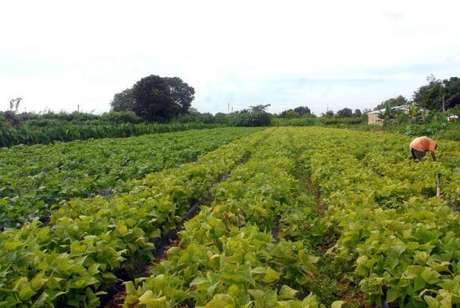on The date that celebrates the World Food Day (16), the United Nations Organization for Food and Agriculture (FAO) highlights that, with climate change, the challenge of feeding a growing world population increases. According to the representative of the entity in Brazil, Alan Bojanic, the drought has made the north east of Brazil lost 50% of its production in the last five years, compared with the previous five.
With the theme “The climate is changing. The food and agriculture must also change,” how to highlight date in 2016, the FAO estimates that the global number of inhabitants will exceed 9 billion in 2050. According to the international body, the world food production would need to increase by 60% to ensure the balance of food security.
“we Need to see the answer to this problem. We need an agriculture more adaptive, different, that is sustainable, environmentally friendly, and that agriculture needs a lot of research. We need more varieties of foods that bear the variations of precipitation, heat, cold, problems of the flood. Agriculture adaptive to these changes in climate,” says Bojanic.
According to the FAO, growing food sustainably means adopting practices that produce more with fewer inputs in the same area and use natural resources wisely. It also means reducing waste, better harvest, storage, packaging, transport, infrastructure, and trade.
Even with efficient production, the representative of the FAO advocates for public policies that facilitate the access of the poor to food. “You can produce in sufficient quantity, but may not have access, or may not have food security for all. It is important to have balance between access and production in the context of climate change,” says Bojanic.
Brazil
In Brazil, about 3% of the population lives in a situation of food vulnerability. “Brazil came out of the hunger map in 2014 because of public policies that have facilitated access to food, especially school food, which is a key to access, but also the transfer of income, the strengthening of family agriculture, the support to the population of the semiarid region with tanks and tank trucks,” he adds Bojanic.

No comments:
Post a Comment